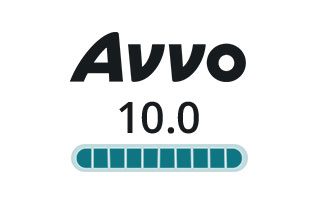The prospect of having to undergo spinal surgery is understandably unnerving to many people due to the stakes involved. Indeed, just one wrong move by the surgeon could have devastating and potentially life-altering consequences as far as mobility is concerned.
As frightening as the prospect of suffering a catastrophic spinal surgery error is, it’s also important to understand that these types of errors can also occur on a smaller scale, causing patients pain, spinal instability and the need for costly follow-up procedures.
One of the more common types of these less severe spinal surgical errors is wrong-level spinal surgery, meaning those instances where the surgeon operates on the wrong vertebrae.
While you would think this type of error would still be relatively rare, statistics show that they actually occur upwards of four times a week here in the U.S.
In the majority of spinal surgeries, the surgeon will conduct an MRI scan or CT scan prior to the surgery, using the resultant imagery to essentially map out the procedure.
Once the patient is in the operating room, the surgeon will then proceed to count up from the tailbone or down from the skull to the affected vertebrae, and mark the surgery site with small mental pins. These pins, in turn, are visible on x-rays taken in the OR to confirm the surgical site.
Problems can arise, however, as this x-ray cannot be reconciled with the MRI/CT imagery, such that the surgeon is lacking a single comprehensive image of the anatomy and surgical plans. As you might imagine, this can become problematic in especially challenging cases, such as those involving missing or additional vertebrae.
Interestingly, researchers at Johns Hopkins have developed new software called LevelCheck, which they believe will all but eliminate the incidence of wrong-level surgeries.
The computer software relies on a graphics processing unit to combine the x-ray and pre-op MRI/CT scan imagery. This results in a unified image that allows the surgeon to verify the surgical site and their planning information at the same time. Various testing found that the software produced 100 percent accuracy after running images for a mere 26 seconds.
Here’s hoping this LevelCheck software proves as successful as its creators claim it will be, sparing patients from the nightmare of a surgical error.





Leave a Reply